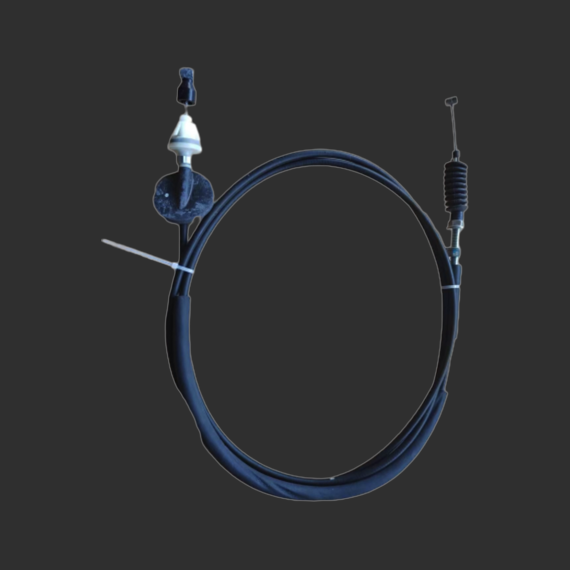hydraulic clutch hose
Understanding Hydraulic Clutch Hoses Essential Components for Seamless Vehicle Performance
In modern automotive engineering, the hydraulic clutch system plays a crucial role in ensuring smooth gear transitions and overall driving experience. One of the key components of this system is the hydraulic clutch hose. While it may seem like a simple part, the hydraulic clutch hose is fundamental to the effective operation of a vehicle's clutch mechanism.
A hydraulic clutch operates by using hydraulic fluid to disengage and engage the clutch during shifting. The hydraulic clutch hose serves as the conduit for this fluid, transferring it from the master cylinder to the slave cylinder. As the driver presses the clutch pedal, the master cylinder generates hydraulic pressure, which travels through the hose, activating the slave cylinder and disengaging the clutch. This process allows for smooth gear changes without the need for the driver to manually disconnect the engine from the transmission.
The design and material of hydraulic clutch hoses are tailored to withstand high pressure and extreme conditions
. Typically constructed from reinforced rubber or synthetic materials, these hoses are designed to endure the stresses encountered during operation, including temperature fluctuations and exposure to automotive fluids. High-quality hoses feature a robust outer layer that provides additional protection against wear and tear, ensuring longevity and reliability.hydraulic clutch hose

One of the critical aspects of maintaining a hydraulic clutch system is ensuring that the hoses are free from leaks or damage. Over time, hoses can become brittle, crack, or develop leaks due to constant pressure and exposure to various elements. A compromised hydraulic clutch hose can lead to a loss of hydraulic fluid, resulting in clutch failure and a significant decrease in vehicle performance. Regular inspections and timely replacements are essential to prevent such failures and maintain safe driving conditions.
When replacing a hydraulic clutch hose, it is vital to choose a part that meets or exceeds the manufacturer’s specifications. Using subpar or incompatible hoses can result in reduced performance or even catastrophic failure. Additionally, proper installation is crucial; even the best hose can cause issues if not fitted correctly. It’s recommended that this work is carried out by a professional mechanic to ensure that all connections are secure and the hydraulic system is properly bled to remove any air that may have entered during the replacement process.
In summary, the hydraulic clutch hose, while often overlooked, is a vital part of a vehicle's clutch system. By facilitating the movement of hydraulic fluid, it ensures that drivers can change gears smoothly and effectively. Regular maintenance, timely replacements, and proper installation of hydraulic clutch hoses are essential for ensuring optimal performance and safety on the road. Understanding the importance of this seemingly simple component can help drivers appreciate the intricate engineering that goes into their vehicles and the necessity of keeping these systems in peak condition.
-
Upgrade Your Vehicle with High-Quality Handbrake CablesNewsNov.01,2024
-
Optimize Your Bike's Performance with Quality CablesNewsNov.01,2024
-
Enhance Your Vehicle's Performance with Quality Clutch ComponentsNewsNov.01,2024
-
Elevate Your Vehicle's Performance with Quality Throttle CablesNewsNov.01,2024
-
Elevate Your Vehicle's Performance with Quality CablesNewsNov.01,2024
-
Affordable Solutions for Your Cable NeedsNewsNov.01,2024
